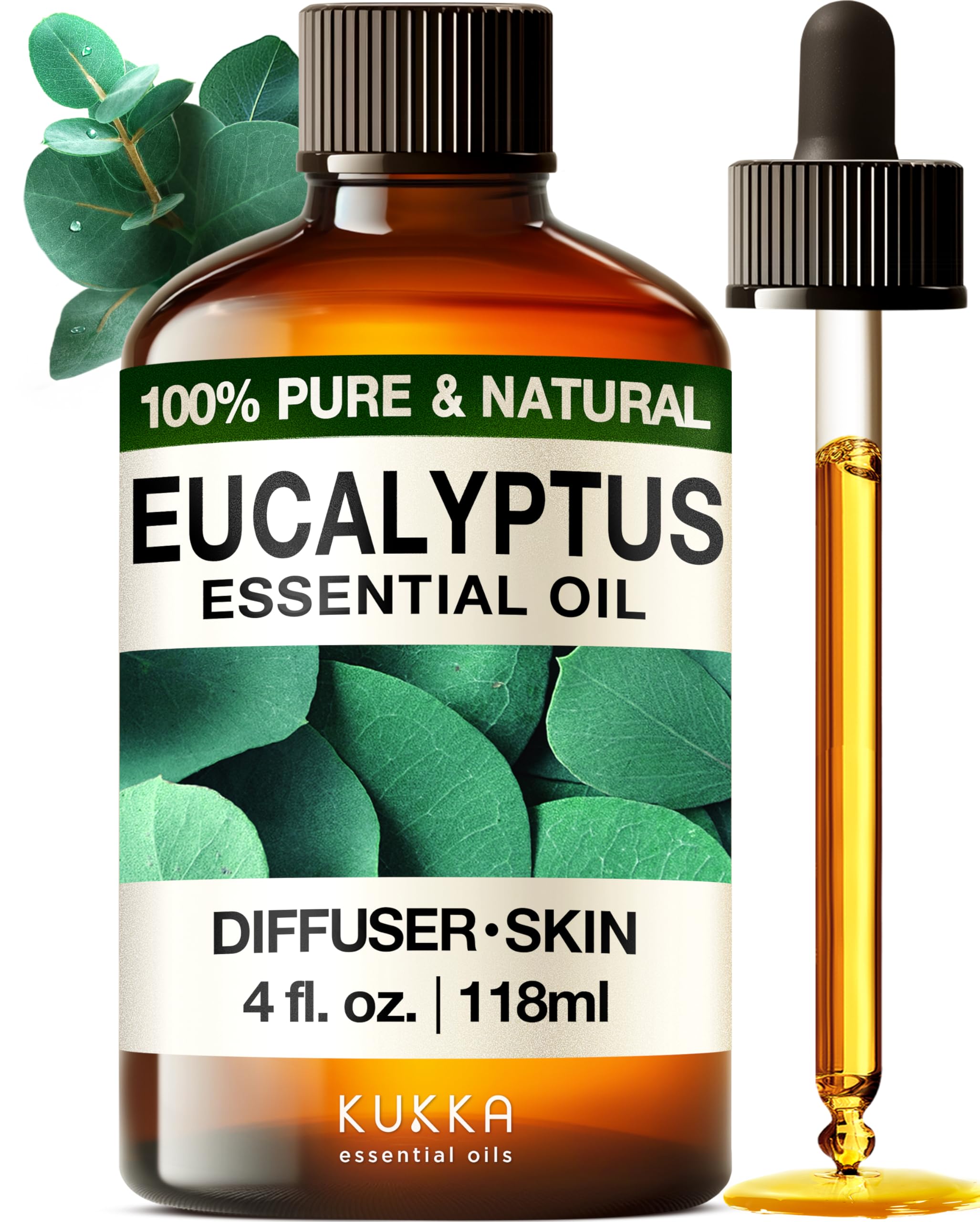
### Grasping Essential Oils and Herbs: Distinguishing Hype from Reality
Essential oils and herbs have gained prominence in mainstream culture, frequently touted as possible remedies for various health issues. This intrigue is apparent in the expanding herbal sections of retailers like Whole Foods. Nevertheless, while these natural solutions are appealing, they often lack substantial scientific backing. A recent piece in The Atlantic caught my attention regarding this topic, especially its examination of essential oils as conceivable “new antibiotics”—an idea that merits thorough investigation.
#### The Assertions in The Atlantic Article
The article outlines three main advantages of essential oils: enhancing animal feed, functioning as antiseptics, and addressing infections.
1. **Additives for Animal Feed**: The inclusion of essential oils such as oregano in animal feed is proposed to boost the health of livestock, potentially decreasing the reliance on antibiotics. This concept is captivating due to the well-established worries about antibiotic resistance stemming from excessive use in farming. Despite the favorable outcomes reported by farmers employing these oils, their practical use and efficacy in extensive agricultural practices remain unclear.
2. **Antiseptic Attributes**: Tea tree oil is recognized for its antiseptic properties and is already featured in numerous personal care items. This assertion is widely backed by current applications, supporting the oil’s function as a reliable antiseptic.
3. **Alternatives to Antibiotics**: The article suggests that since essential oils can eliminate bacteria in a petri dish, they may act as antibiotics for both humans and animals. This assertion requires more detailed examination.
#### Assessing the Viability of Essential Oils as Antibiotics
Essential oils, including oregano oil, possess compounds such as thymol and carvacrol that are used in consumer products for their preservative and mild antiseptic characteristics. Despite their widespread utilization, these compounds encounter significant hurdles in qualifying as effective antibiotics:
– **Minimum Inhibitory Concentration (MIC)**: Essential oils demonstrate high MIC values in lab environments, signifying they are weak antibiotics. For example, the MIC values for thymol and carvacrol against certain strains have been documented at around 140-175 ppm, which is considerably higher than well-established antibiotics like vancomycin.
– **Toxicity and Solubility**: Effective antibiotics necessitate a greater toxicity to bacteria than to humans, a criterion that thymol and carvacrol do not meet at the required concentrations. Furthermore, these compounds have poor solubility in water, limiting their bioavailability—a crucial aspect for sustaining effective levels in the bloodstream. Metabolism and swift elimination also obstruct their potential as systemic antibiotics.
In summary, while essential oils may serve well as preservatives or localized antiseptics, their effectiveness in treating infections as reliable antibiotics remains questionable. Comprehensive research is essential to address these biological challenges.
#### Final Thoughts
The Atlantic article’s claim that essential oils might be “The New Antibiotics” appears to exaggerate the current scientific data. It illustrates a common misconception: efficacy in a controlled lab environment, such as a petri dish, does not automatically assure therapeutic success in complex organisms like humans. True pharmaceutical evaluation entails rigorous research and clinical trials to confirm safety and efficacy—standards that all prospective drugs must meet prior to approval.
Recognizing these subtleties is vital as popular culture continues to adopt natural remedies. While the potential health advantages of essential oils deserve additional investigation, it is evident that they are not a cure-all and should be used judiciously in conjunction with conventional medicine.